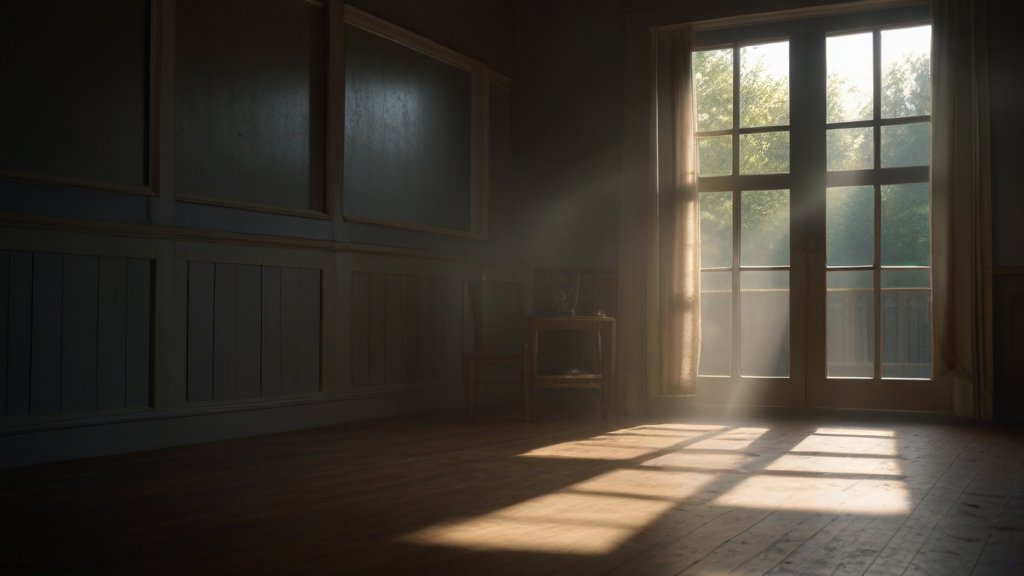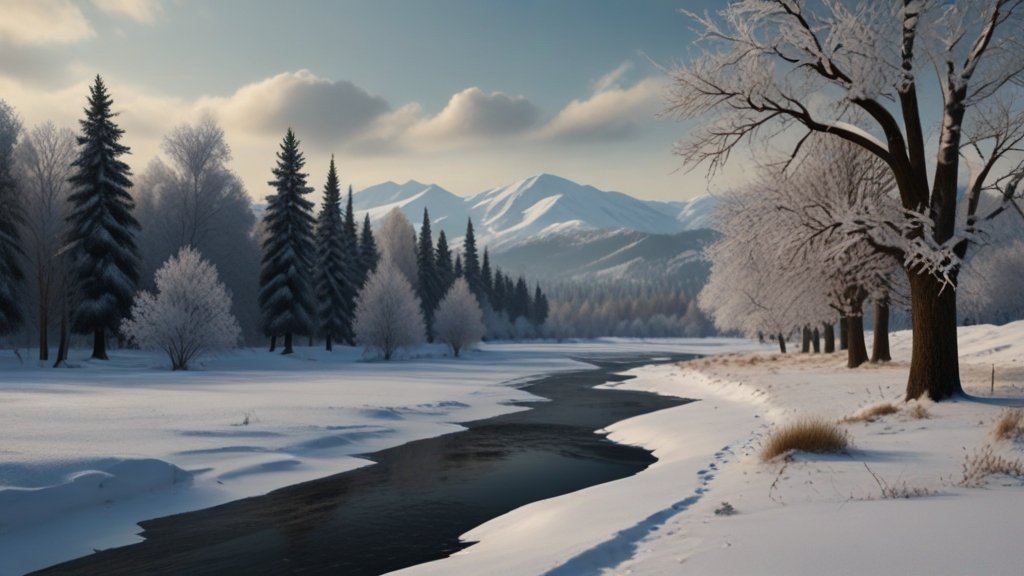When is the First Day of Winter? can be judged as the crisp air begins to embrace us and the leaves transform into a myriad of vibrant hues. This instinctively recognize the imminent arrival of winter. But when exactly does winter officially begin? And what role does the winter solstice play in marking this seasonal transition?
Let’s delve into these questions and uncover the fascinating details surrounding the first day of winter and the celestial event that heralds its arrival.

Table of Contents
When is the First Day of Winter?
Determining the first day of winter might seem straightforward, yet it varies depending on cultural, meteorological, and astronomical perspectives. In meteorology, winter typically begins on December 1st and lasts until the end of February. This division aligns with the Gregorian calendar and facilitates standardized record-keeping and forecasting.
However, from an astronomical standpoint, the first day of winter is pegged to the winter solstice, the moment when the Northern Hemisphere is tilted furthest from the sun. This celestial event marks the shortest day and longest night of the year, symbolizing the onset of winter’s icy grip.
When is the Winter Solstice?
When is winter solstice usually occurs between December 20th and 23rd in the Northern Hemisphere, varying slightly each year due to irregularities in Earth’s orbit. It represents a pivotal point in Earth’s journey around the sun and holds cultural and spiritual significance across numerous civilizations throughout history.

Ancient Observations and Traditions
For ancient civilizations, the winter solstice was a momentous occasion intertwined with rituals, celebrations, and astronomical observations. In many cultures, the solstice marked the rebirth of the sun god or the victory of light over darkness. Among the most famous celebrations is the Roman festival of Saturnalia, a week-long period of feasting, gift-giving, and revelry honoring Saturn, the god of agriculture.
Similarly, the Norse people celebrated Yule, a festival lasting twelve days to honor the return of the sun and the promise of longer days ahead. The lighting of Yule logs and the adornment of evergreen trees symbolized hope and renewal amidst the winter’s chill.
Scientific Insights into the Winter Solstice
From a scientific perspective, the winter solstice occurs when the North Pole is tilted farthest away from the sun, causing the sun’s rays to strike the Northern Hemisphere at their shallowest angle. This phenomenon results in shorter daylight hours and longer nights, culminating in the shortest day of the year.
Contrary to common misconceptions, the winter solstice does not mark the earliest sunset or latest sunrise. Instead, these events typically occur before and after the solstice due to Earth’s elliptical orbit and its axial tilt.
Modern Observance and Festivities
While modern society may not place as much emphasis on the winter solstice as ancient cultures did, its significance persists in various forms. Many communities and individuals still commemorate the solstice through gatherings, ceremonies, and reflections on nature’s cycles.
In some regions, particularly those with indigenous populations, the winter solstice (when is the winter solstice?) remains an integral part of cultural heritage, with ceremonies and traditions passed down through generations. Additionally, contemporary pagans and neo-pagan groups often celebrate the solstice with rituals honoring nature, rebirth, and the interconnectedness of all life.
Astrological Implications
Astrologically, the winter solstice marks the sun’s ingress into Capricorn, the cardinal earth sign associated with ambition, discipline, and practicality. It is a symbol of a time for introspections, setting of goals, and laying the foundation and groundwork for future endeavors. Individuals may feel a sense of determination and resolve as they contemplate their aspirations for the coming year.

Environmental Impact and Climate Change
In recent years, discussions surrounding the winter solstice have expanded to include considerations of climate change and its impact on seasonal patterns. Rising global temperatures have led to shifts in weather patterns, altering the timing and intensity of winter conditions in many regions.
While the winter solstice remains a consistent astronomical event, its ecological ramifications are subject to change as humanity grapples with the consequences of environmental degradation and climate disruption.
Conclusion
With some insights provided above about when is the first day of winter – The first day of winter, anchored by the winter solstice, serves as a poignant reminder of nature’s rhythms and the enduring cycles of life. From ancient civilizations to modern society, this celestial event continues to inspire awe, reflection, and celebration. As we embrace the darkness of the winter solstice, we find solace in the promise of light and renewal, symbolizing hope for the journey ahead.

Along with winter season, there is one another season which is Summer (when does summer start) which millions of people do await for.













